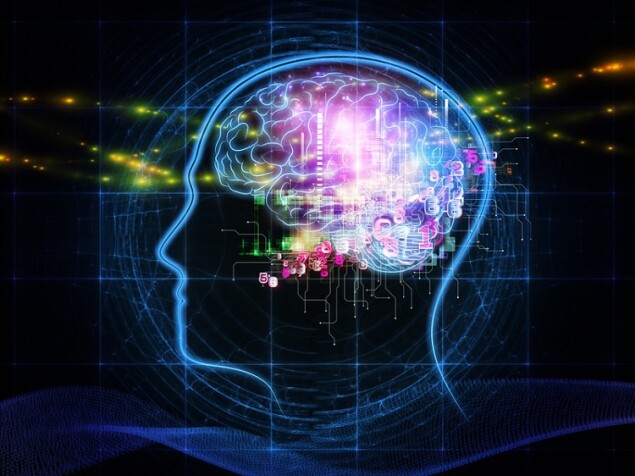Deciphering The Blasted Brain

Deciphering The Blasted Brain lead image
A Health Blog via Flickr | http://bit.ly/2a5HVOn
(Inside Science) -- When Kevin Parker was on patrol in Afghanistan in 2002, he saw many troops develop traumatic brain injuries after being injured by an improvised explosive device. Parker met soldiers who were the recipients of more than a dozen blasts, and a 2008 study by the RAND Corporation found that nearly 20 percent of troops deployed to Iraq and Afghanistan reported suffering from TBIs -- traumatic brain injuries -- during combat. When biophysicist-turned-Army-major Parker returned from combat duty, he took a position at Harvard University’s Wyss Institute and began to study TBIs on the cellular level.
In the past week, Parker and colleagues published two papers that identify a protein that transforms the mechanical force of a blast into neuron damage, causing a TBI.
“It’s an excellent study,” said Robert Langer, a chemical engineer at the Massachusetts Institute of Technology in Cambridge who was not involved in the research. “It creates a new role for how these proteins may affect nerve injury.”
A TBI can occur whenever the head is struck by an outside force or is violently jolted, whether it’s a football tackle, a fall, a shaken baby, or a roadside bomb. Mild TBIs result in a concussion and a brief loss of consciousness, and severe TBIs can lead to comas and persistent vegetative states, although symptoms may not appear for months or years. Any type of TBI increases the risk of neurodegenerative diseases like Parkinson’s and Lou Gherig’s disease -- which makes treating the initial injury even more important.
Researchers used to think that massive neuronal death caused TBIs, but Parker’s biophysics background told him that this wasn’t the case. Cell membranes, he said, are floppy “like the skin on a hound dog.” The force of a blast couldn’t destroy large numbers of neurons simply because the membranes could absorb much of that energy. What couldn’t withstand that type of force was a type of protein in the cell membrane known as an integrin, which connect the inside of the cell with the outside environment.
Using neurons they grew in the lab, Parker and colleagues simulated the types of forces that would cause a TBI. In one experiment, they stretched the neurons rapidly, under great force, just as might happen when a soldier on patrol is hit with the massive wave of energy from an exploding roadside bomb. In another experiment, they simulated the molecular damage done by such a blast.
Both of these experiments, published last week in PLoS ONE
Neurons aren’t the only cells damaged in a TBI; the brain’s blood vessels can also be injured. The force of the blast rapidly expands the blood vessels. The vessels don’t just contract and return to normal, they hypercontract, which cuts off blood supply to the surrounding brain tissue. When Parker and colleagues tried to identify what proteins were responsible for this contraction, they found a familiar player: integrins. The rapid expansion damages the integrins, setting off the same chain reaction as in the neurons. Instead of the axons contracting, this time it’s the blood vessels. The researchers published their results on TBI blood vessel damage in the Proceedings of the National Academy of Sciences.
“It’s not necessary to kill neurons to get traumatic brain injury,” Parker said. “This chemical signaling cascade now represents a therapeutic opportunity [for treating TBIs].”
Preliminary experiments from Parker’s lab show that interrupting the signaling cascade after neuronal or vascular injury may prevent some of the cellular damage and decrease the effects of TBI. Any sort of pharmaceutical treatment of TBI is still years down the road, Parker says, because any drug needs to go from “dish to dude” first.
Parker said these results are the grand unified theory of traumatic brain injury, explaining both the neuron and blood vessel damage seen in TBI patients as well as opening up new avenues for treating these types of injuries.

